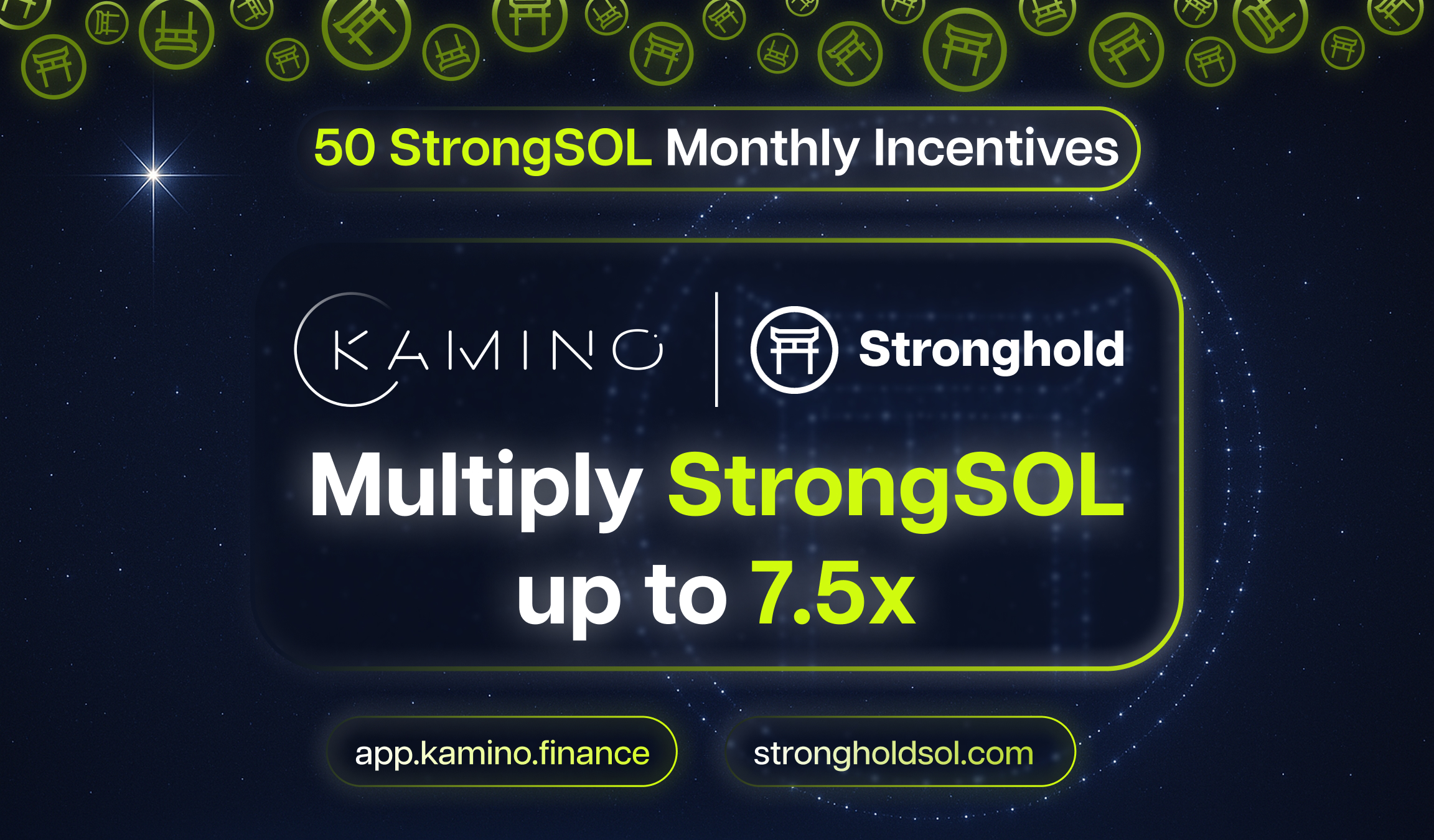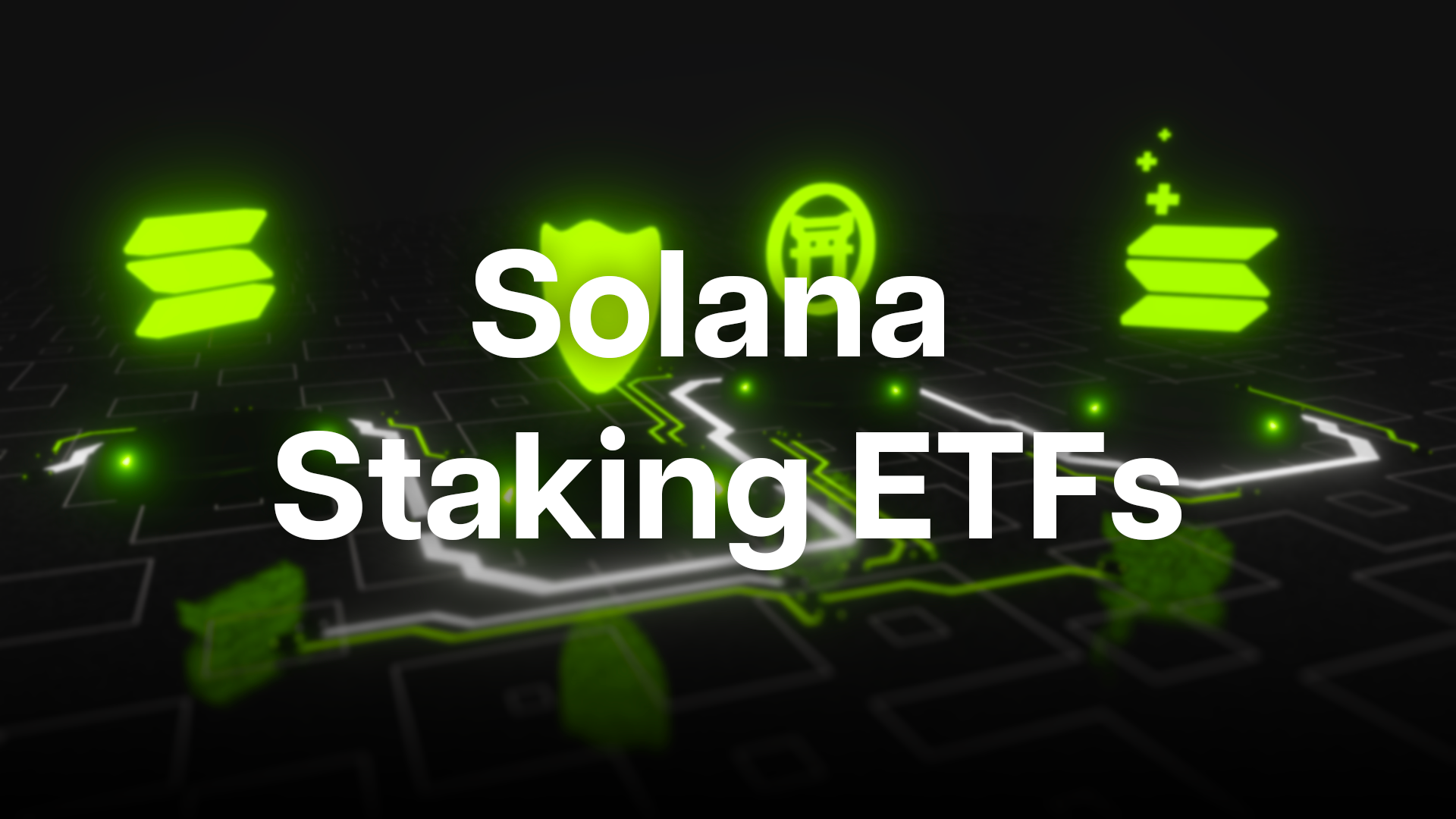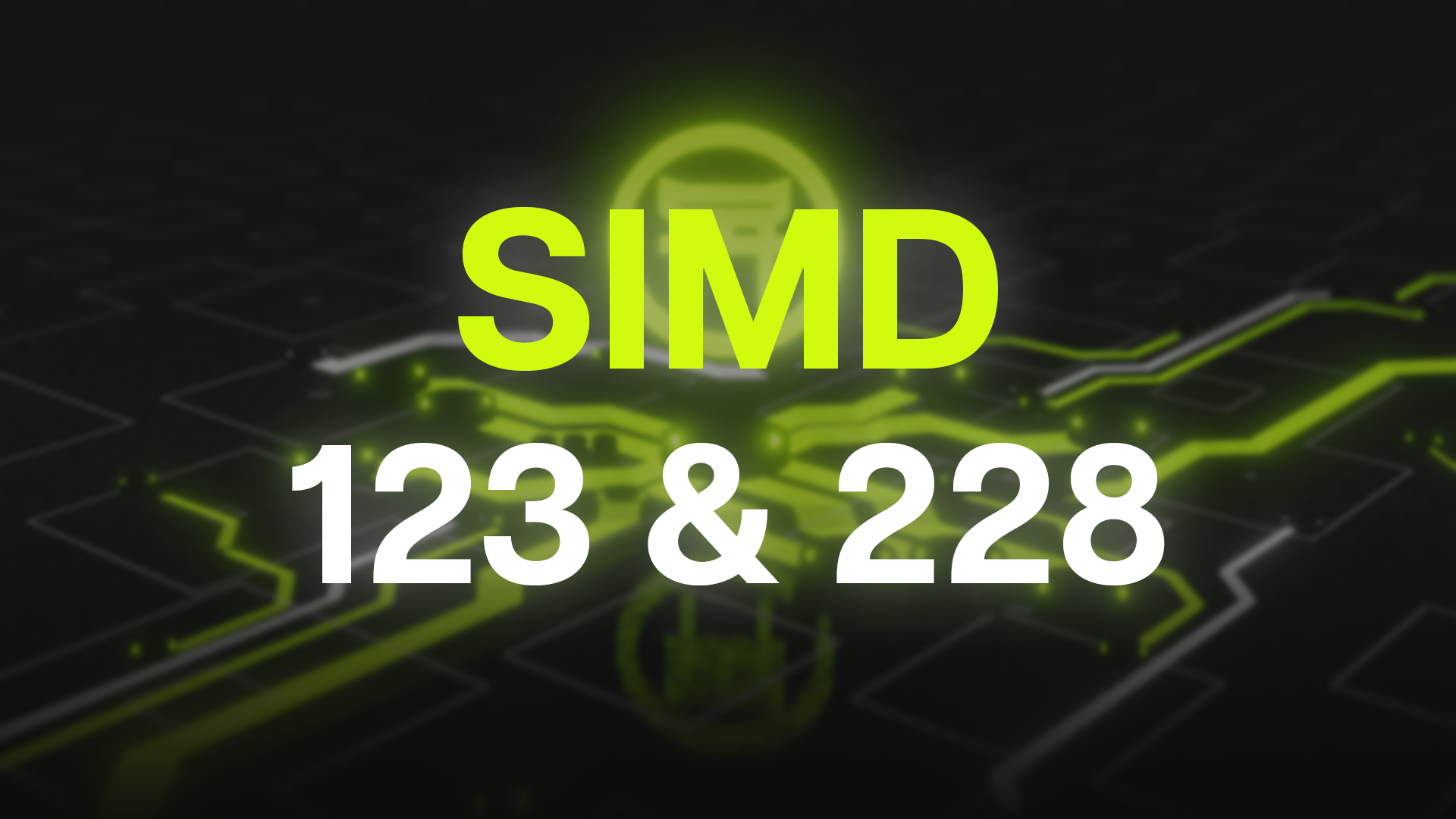Solana’s Local Fee Markets: Revolutionizing Transaction Costs in Blockchain Ecosystems
Abstract
This article provides an in-depth analysis of Solana’s blockchain architecture, focusing on its innovative local fee markets. Solana, renowned for its scalability and efficiency, introduces a unique approach to transaction fee dynamics. By examining the design, functionality, and implications of Solana’s local fee markets, this article explores how they improve user experience, ensure efficient resource allocation, and maintain decentralization—even during periods of heightened demand.
Introduction
Solana has emerged as a leading blockchain platform, recognized for its high throughput, low latency, and cost-effective transactions. A key aspect of its efficiency lies in its unique local fee markets, which dynamically adjust transaction fees based on network activity. This innovative mechanism allows Solana to balance scalability and affordability while offering users a seamless experience. Understanding this architecture is vital to appreciating Solana’s ability to handle congestion and prioritize critical transactions without compromising overall accessibility.
Local Fee Markets Explained
Definition and Concept
Local fee markets are mechanisms where the protocol dynamically adjusts fees based on specific network conditions. Unlike Ethereum’s auction-based model, Solana enables real-time fee adjustments on a more granular level. In Ethereum, users bid for transaction processing in an auction system, which can lead to highly variable and often excessive costs. Solana’s approach, however, ensures fees are adjusted dynamically in response to congestion and resource demand, allowing for fair and efficient prioritization of transactions.
How Local Fee Markets Work in Practice
Transaction Flow and Fee Calculation
When a user submits a transaction on Solana, it propagates through the network, where the protocol evaluates current network conditions to calculate the appropriate fee. This ensures that transactions are processed promptly, even during high-demand periods, by prioritizing those with higher resource needs or urgency. Conversely, users conducting simpler or less resource-intensive transactions benefit from consistently low fees, maintaining cost efficiency across the platform.
Dynamic Fee Adjustment
One of the standout features of Solana’s local fee markets is their ability to adapt fees in real time based on network activity. For example, during periods of high congestion—such as when demand spikes due to the popularity of new tokens or applications—fees may increase temporarily for resource-intensive transactions. However, lower-demand actions like standard SOL transfers are unaffected, ensuring minimal disruption for most users.
This adaptability is well-illustrated by recent activity on the Solana blockchain. For instance, a surge in demand caused by the popularity of memecoins such as TRUMP and MELANIA temporarily increased the fees required to process transactions on swap contracts. Despite this, fees for simpler transactions, such as basic SOL transfers, remained largely unchanged, demonstrating how Solana’s local fee markets protect the broader user base from excessive costs during periods of niche demand.
User Experience
Solana’s local fee markets greatly enhance the user experience by ensuring cost predictability and transaction efficiency. During high-demand periods, users engaging in more complex activities, such as interacting with smart contracts, experience prioritized processing due to dynamic fee adjustments. Meanwhile, users conducting simpler transactions benefit from stable fees, ensuring the network remains accessible and cost-effective for everyday use.
By fostering this balance, Solana creates a system where developers, users, and applications can coexist without being disproportionately affected by occasional congestion. This transparency and responsiveness have made Solana a compelling choice for blockchain developers and users, contributing to the platform’s growing ecosystem.
Conclusion
Solana’s local fee markets represent a significant advancement in blockchain architecture, offering a dynamic, fair, and efficient solution to transaction fee management. By prioritizing resource allocation and adapting fees in real time, Solana ensures that its network remains scalable, cost-effective, and user-friendly—even during periods of heightened activity. As demand for blockchain solutions grows, Solana’s innovative fee system positions it as a leading platform for decentralized applications and services.







